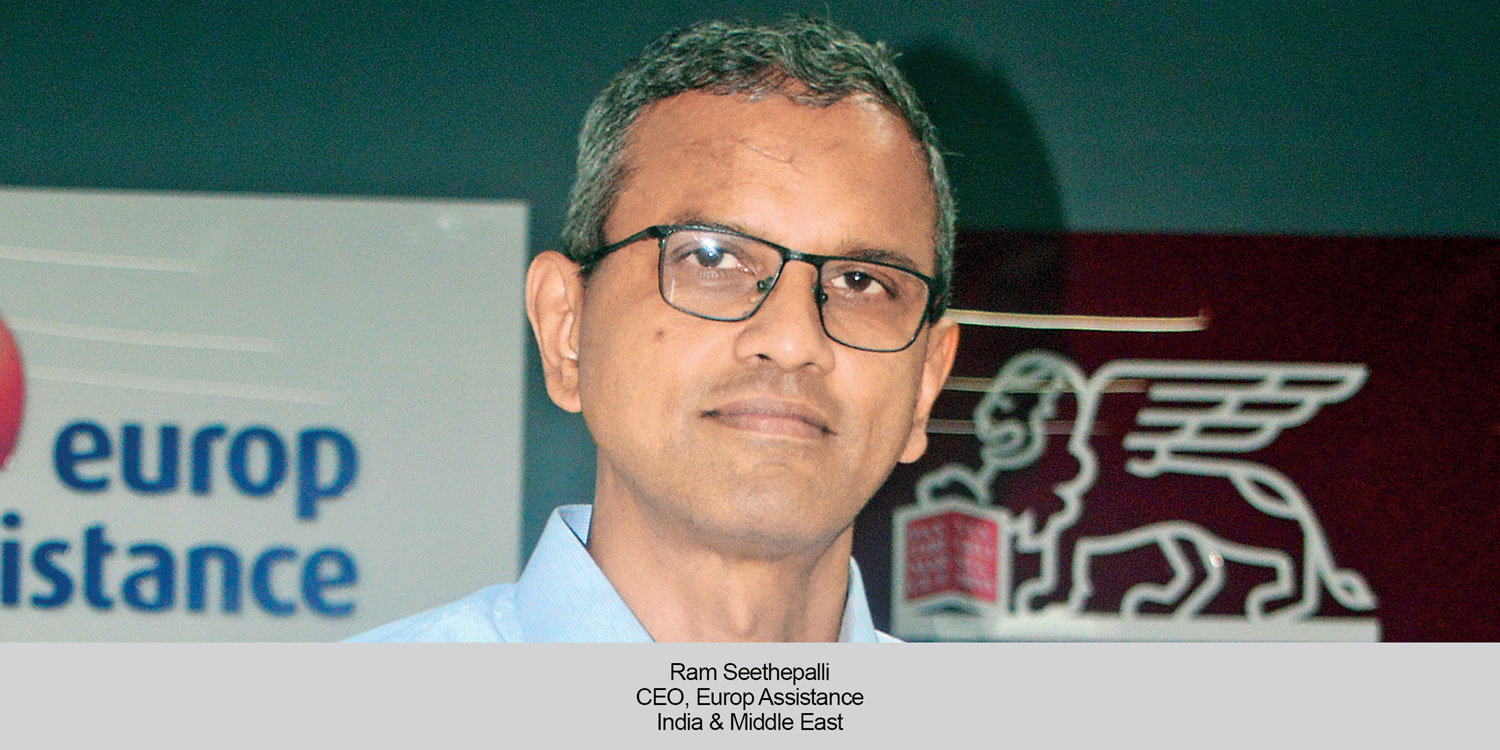Bearing the brunt of negative publicity, the Taj Mahal has been listed as a no-go destination in 2018 by foreign media. Amidst confusion, if one should visit the Taj this year as the monument is undergoing ‘mud therapy’, TRAVTALK speaks to industry players to clear the air about how this should not deter tourists.
TT BUREAU
One of the Seven Wonders of the World – the Taj Mahal remains at the top of the bucket list of discerning travellers. However, for the Taj Mahal to continue to charm visitors with its beauty and architecture, the monument needs to undergo timely conservation process. Undertaken by the Ministry of Culture and Archeological Survey of India, the Taj Mahal is to be restored by way of a ‘mud therapy’. Foreign tourists have reportedly taken a backseat in visiting the monument this year, owing to a false notion that a perfect photographic view of the Taj will be ruined due to the ongoing conservation process.
Clarifying the process, KJ Alphons, Minister of State (IC) for Tourism, Government of India, says, “I visited the Taj Mahal two weeks ago along with my family and only a small portion of the Taj Mahal was being renovated. The Taj is made to look more beautiful with the mud treatment. They are trying to remove all the pollution and restore the marble to its original glory. The renovations are being done in different phases and the final process will be undertaken in November. But, it’s planned in a way that it does not diminish the experience of the visit.”
Dr MK Bhatnagar, Superintending Archeological Chemist, Northern Zone— ASI, Agra, who is spearheading the conservation process, points out the bizarre nature of this advisory in foreign media as the renovation work has been in process for over two years. “All monuments undergo conservation process and I don’t see why the Taj has become such a controversy.” Detailing the process of the therapy, Bhatnagar clarifies it for all to know. “Just like we use fuller’s earth for daily cleansing purposes on our faces, similarly, a mixture of it is spread on parts of the monument and allowed to dry for a few days. Once the mud dries, the treated area is washed off with distilled water. This therapy is very useful in cleaning the marble of dust and curing the yellowing of the marble,” he says.
Bhatnagar further informs that till date, work on four minarets, the marble pedestal walls and eight octagonal shaped facades has already been completed. Now, the four chattris at the roof top and the main dome is yet to be treated. “Though localised treatments have been undertaken from time to time, till date no full-fledged conservation process had taken place at the Taj. In fact, many tourists have visited the Taj to witness this treatment. Before the mud-therapy, there is a need to conduct a load bearing test to determine how much weight of the scaffoldings the dome can take. It is only after that we will begin the work.”
Given the schedule of the process, Bhatnagar believes that the conservation work will be completed before the peak season at Taj Mahal. “An official schedule of work in progress was released to clarify all misconceptions. Also, the process is done in phases and at no stage will the entire dome be covered with mud.” The Taj Mahal is not going to be closed expect on Fridays, a similar advisory has been displayed on the website of the monument.
Pronab Sarkar, President, IATO, adds, “On IATO’s request to MOT, the ministry has taken out a letter which says that the maintenance work which is going on at the Taj Mahal will not hamper any visits to the monument and the tourists can visit it without any problem. They have even given a schedule in what phases the maintenance will be done. No tourist movement will be affected owing to the same.”
 TravTalk India Online Magazine
TravTalk India Online Magazine





